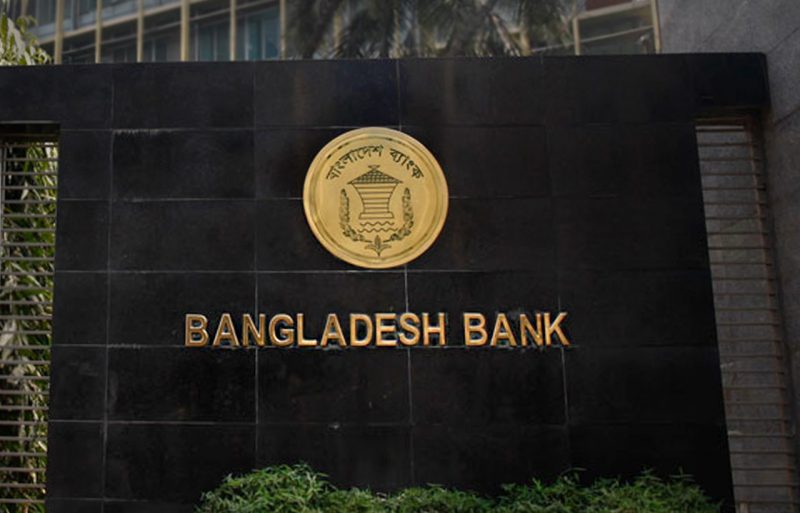Policy of fixing the interest rate of bank loans, and the change of decision on the dollar more than once created confusion over clients
With the frequent policy changes in the basic policies of the banking sector, confusion has arisen among the customers for a long time.
Since last July, the central bank has changed the policy of fixing the interest rate of loans several times which lead to commercial banks and finance companies to change interest rates as well. As a result, exporters, importers, traders and depositors have become confused. There is also a problem in keeping the accounts of those concerned.
At the same time, the central bank has changed its policy frequently to determine the price of the dollar since the beginning of the crisis. This did not stabilize the price of the dollar. Dollars are not available at the fixed price. As a consequence, there was no benefit of changing the policy. The liquidity crisis in the bank sector has even become evident, as well as the dollar crisis has not ended.
Talking to some banks, it was known that the interest rate policy has changed every month since last July. As a result, the banks are in trouble to calculate the interest rate of the loan, as well as the customers. Because of the change in interest rate every month, customers have to change the interest every 6 months. As a result, the interest rate of the loan has increased by 2 to 2.5 percent.
Meanwhile, customers were also annoyed. Due to frequent interest changes, banks could not fix the interest rates of various savings and loan schemes permanently. As a result, they could not publish any prospectus. Meanwhile, customers could not make any long-term plans due to frequent changes in loan interest rates. Due to the change in the interest rate of the loan, the interest rate of the deposit is also changing frequently. As a result, banks are forced to change the interest rate on deposits.
Former central bank governor Salehuddin Ahmed said banks need a permanent governing policy. Banks will also change their policies from time to time. Then customers will understand where the situation is going, as well as banks will understand what to do when. Without a specific policy, there will be chaos in the management of banks.
Mohammad Hatem, executive president of Bangladesh Knitwear Manufacturers and Exporters Association (BKMEA), said the interest rate of export credit has changed frequently in the last nine months. As a result, the interest rate was different for each shipment. There needs to be a limit on the interest rate. Then businesses can make long-term plans.
Meanwhile, the price of the dollar in the country has been increasing since March 2022. Initially, the price of the dollar was increased or reduced on the advice of the central bank. When the IMF objected, the matter of fixing the price of the dollar was left to the Bangladesh Foreign Exchange Dealers Association (BAFEDA) and the Association of Bankers, Bangladesh (ABB).This method also had the intervention of the central bank in determining the value of the dollar. During the monetary policy announcement in July last year, the central bank announced the introduction of crawling pegs (allowing the price of the dollar to fluctuate within a certain limit) method to determine the price of the dollar. The system was introduced on Wednesday. On this day, the maximum rate of the dollar was fixed at Tk 117. Banks will be able to sell dollars at a price less or more than one taka. The rates are effective from Thursday. But from the first day, this price was not very effective in the market. Because the flow of dollars to the banks is low, they did not give dollars to most of the customers at that price. Rather, the banks have sold dollars in advance at Tk 125 to 129. Some banks sold dollars at Tk 117.45 to Tk 118.
Meanwhile, in the curb market or open market, the price of the dollar has risen to a maximum of Tk 125. However, at the beginning of the day, some dollars were sold at Tk 123. The highest price of the dollar was Tk 117 on Wednesday.
ZH






